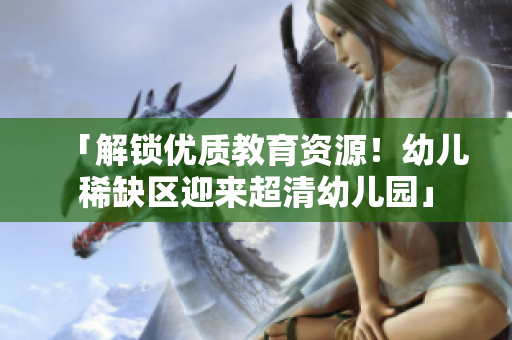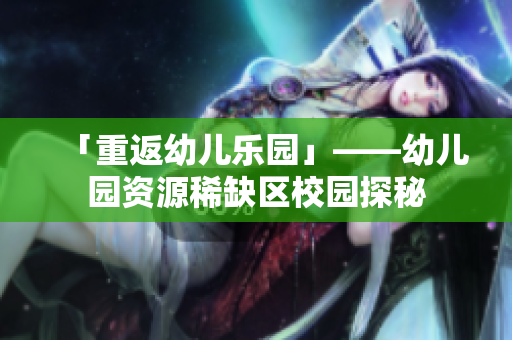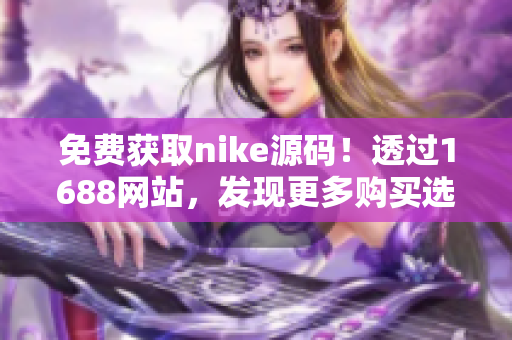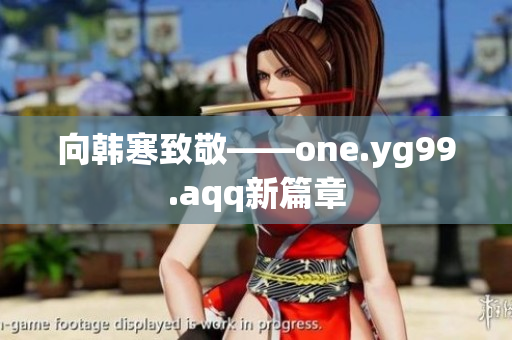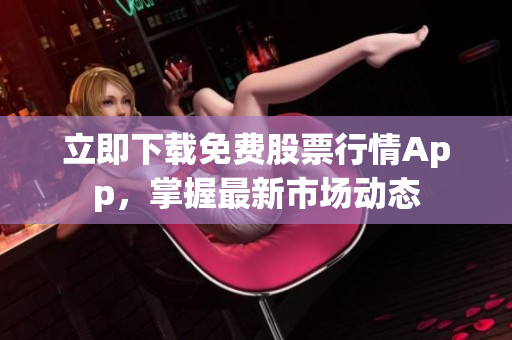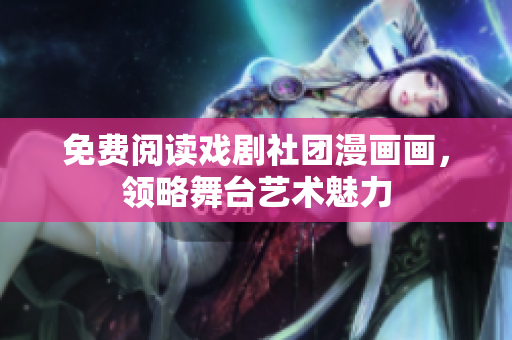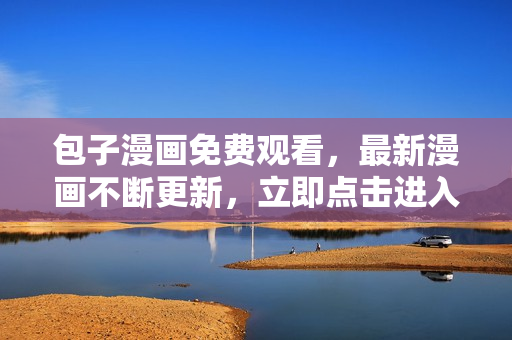Introduction
Have you ever thought about the connection between Western humanities and 5G technology, the dilemma of a teacher who has to teach a class in a limited time, the ethical dilemma of gaming addiction, the impact of peer pressure on academic integrity, and the scarcity of early childhood education in Southeast Asia? These seemingly unrelated topics will be discussed in this article with a focus on the underlying principles of art, ethics, education, and social justice.
The Intersection of Western Humanities and 5G Technology
The Western world has produced some of the greatest works of art in human history, ranging from the classical sculptures of Greece to the Renaissance paintings of Italy to the contemporary films of Hollywood. These artworks reflect the human desire to express beauty, truth, and meaning through different forms of media. However, the emergence of 5G technology and other digital platforms has raised new questions about the relationship between art and technology. On one hand, 5G technology can enhance the accessibility, interactivity, and innovation of art by enabling virtual exhibitions, digital performances, and augmented reality experiences. On the other hand, 5G technology can also threaten the authenticity, originality, and privacy of art by enabling digital piracy, data surveillance, and cultural appropriation. Therefore, it is important for artists, scholars, and policymakers to critically engage with the implications of 5G technology on the preservation and evolution of Western humanities.
The Dilemma of C1 Class in Limited Time
Nowadays, time is both a precious and elusive commodity for teachers, especially those who are required to cover a large amount of curriculum in a limited time. This is the case for a teacher who has to teach a C1 class, which is an advanced level of English proficiency, in a single period. The teacher may feel overwhelmed by the pressure of delivering comprehensive and engaging lessons that meet the diverse needs of the students. To overcome this dilemma, the teacher can adopt various strategies such as prioritizing the most important topics, using multimedia resources, fostering student-led discussions, and providing individualized feedback. Moreover, the teacher can also collaborate with other teachers, students, and parents to create a supportive and inclusive learning environment that values quality over quantity.
The Ethical Dilemma of Gaming Addiction
While gaming can be a fun and educational activity for many people, it can also be addictive and harmful to some individuals. The addictive nature of gaming can lead to various health, social, and academic problems such as obesity, isolation, and failure. Moreover, the rise of microtransactions and loot boxes in gaming has raised new ethical questions about the legitimacy and fairness of these practices. For example, some gamers may spend a large amount of money and time on these features in order to gain an unfair advantage or experience gratification. This can create a vicious cycle of dependence and exploitation that undermines the values of integrity, respect, and responsibility. Therefore, it is crucial for game developers, regulators, and consumers to collaborate in creating a balanced and ethical gaming culture that promotes the well-being and dignity of all stakeholders involved.
The Impact of Peer Pressure on Academic Integrity
Peer pressure can be a powerful motivator for students, but it can also be a negative influence on their academic integrity. For example, some students may cheat on exams or plagiarize essays in order to fit in with their peers or avoid being stigmatized as "nerds" or "losers". This can create a culture of dishonesty and mistrust that undermines the values of learning, creativity, and accountability. Therefore, it is important for educators, parents, and peers to promote a culture of academic honesty that emphasizes the value of individual achievement, critical thinking, and ethical behavior. This can be achieved through various measures such as providing clear guidelines and consequences for academic misconduct, encouraging collaboration and discussion rather than competition and secrecy, and modeling positive behavior and attitude.
The Scarcity of Early Childhood Education in Southeast Asia
Early childhood education is the foundation of lifelong learning and development, yet it is scarce and unevenly distributed in many parts of the world, especially in Southeast Asia. This is due to various factors such as poverty, inadequate infrastructure, and cultural barriers. As a result, many children in this region are deprived of the opportunity to develop their cognitive, social, emotional, and physical skills in a safe and stimulating environment. This can have long-term consequences for their well-being, productivity, and social mobility. Therefore, it is important for governments, NGOs, and communities to invest in and expand access to early childhood education by providing funding, training, and outreach programs that cater to the unique needs and contexts of each region and culture. Moreover, it is crucial to raise public awareness and advocacy for the value and importance of early childhood education in shaping the future of Southeast Asia and beyond.
Conclusion
In conclusion, the intersection of Western humanities and 5G technology, the dilemma of teaching a C1 class in a limited time, the ethical dilemma of gaming addiction, the impact of peer pressure on academic integrity, and the scarcity of early childhood education in Southeast Asia are complex and interconnected issues that reflect the broader themes of art, ethics, education, and social justice. By examining these issues from multiple perspectives and contexts, we can broaden our understanding and appreciation of the diverse and dynamic world we live in, and contribute to the collective effort of creating a more equitable, sustainable, and humane future for all.


